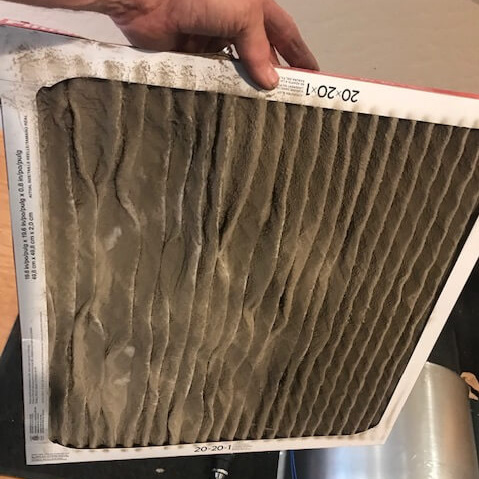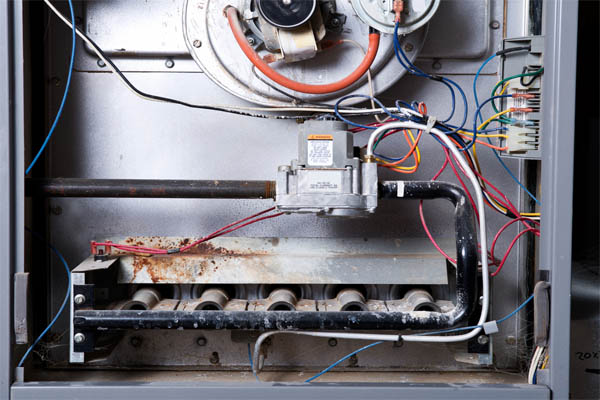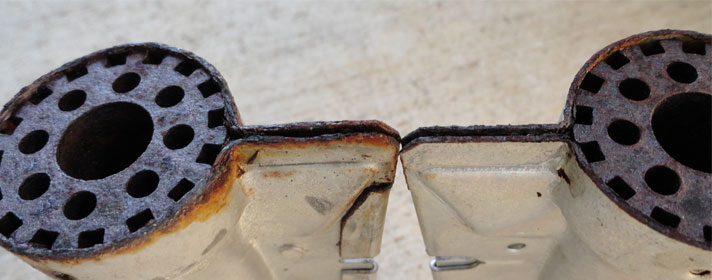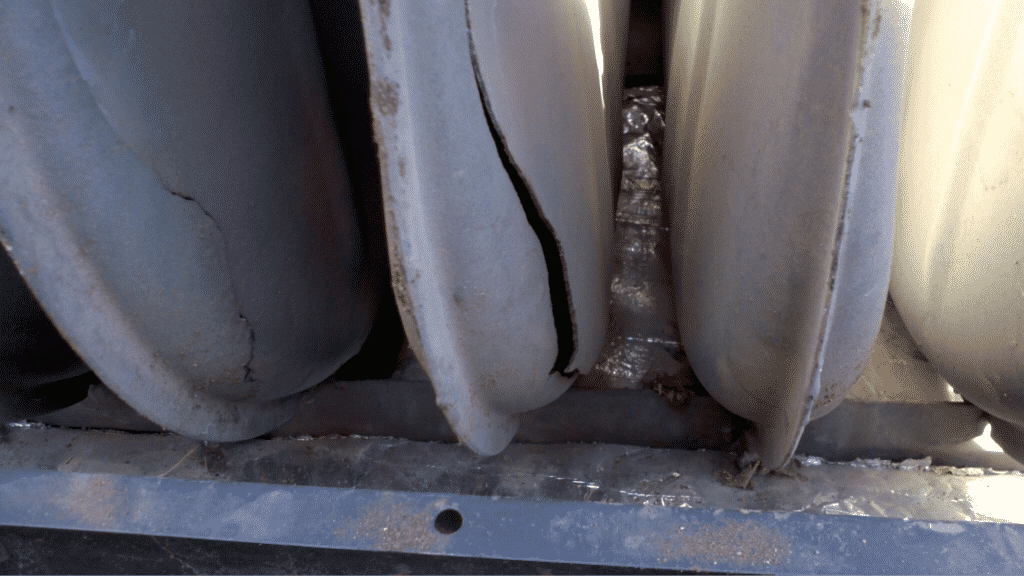Your furnace is an important appliance in your home, providing warm air and a comfortable home during the colder months. However, like any mechanical device, furnaces can experience problems from time to time, which can impact their performance and efficiency. Some common furnace problems include issues with the pilot light, faulty thermostats, and dirty air filters.
If left unaddressed, these furnace issues can result in increased energy costs, reduced comfort, and even safety hazards. In this article, we’ll discuss some of the most common furnace problems and repairs and the tools you may need to address them.
Dirty Air Filters
The first most common furnace problem is a dirty air filter.
Over time, your furnace filter can become clogged due to dirt, dust, and other debris, restricting airflow and reducing the efficiency of your furnace.
This furnace issue can lead to higher energy bills and poor indoor air quality. Fortunately, fixing a dirty air filter is easier than you think. You must replace your air filter with a new one every few months or more frequently if you have allergies or pets.
Tools you may need: Screwdriver (to remove the furnace cover), replacement air filter

Thermostat Issues: One of the Most Common Furnace Problems
If your furnace does not heat your home efficiently, the problem may lie with your thermostat.
This furnace problem could be due to a faulty thermostat sensor, wiring issues, or incorrect calibration. Before you assume the worst, ensure your thermostat is set to the “heat” mode, and the temperature is higher than the current room temperature.
Tools you may need: Screwdriver, multimeter (to test for voltage)

Ignition or Pilot Problems
Another common furnace problem is ignition or pilot issues, which can lead to inefficient heating.
This furnace issue could be due to a faulty thermocouple, a clogged burner orifice, or a damaged pilot light. A professional should address ignition and pilot problems, as attempting to repair them yourself can be dangerous and potentially result in a gas leak.
Tools you may need: None. Contact a reliable HVAC company.

Blower Motor Issues
If your furnace is running without odd noises or there is not anything unusual with it but does not blow warm air, the problem might be from the blower motor.
This common furnace problem could be due to a malfunctioning motor or a damaged fan belt. Before attempting any repairs, ensure the blower motor receives power by checking the electrical connections and fuses.
Tools you may need: Screwdriver, multimeter, replacement blower motor, or fan belt.

Lack of Maintenance: The Main Reason Behind Most Furnace Problems
The most common furnace problems occur due to a lack of proper maintenance.
Regular maintenance can help keep your furnace running smoothly and efficiently and prevent problems before they occur. This includes annual inspections and tune-ups, cleaning the furnace and ductwork, and changing the air filter.
Tools you may need: None.
Dirty Burners
Over time, the burners in your furnace can become clogged, which can reduce their efficiency and cause the furnace to produce less heat.
You can fix this furnace problem by cleaning the burners using a vacuum and a wire brush.
Tools you may need: Screwdriver, wire brush, vacuum

Faulty Limit Switch ( Fan Limit Switch Problem)
The limit switch on your furnace turns the motor on and off, ensuring that the furnace doesn’t overheat. If the limit switch is faulty, it may cause the blower to run continuously, even when the furnace is not producing heat. This can be fixed by replacing the limit switch.
Tools you may need: Screwdriver, replacement limit switch

A Clogged Condensate Drain Can Cause Furnace Problems
If your furnace has a high-efficiency condensing system, it may have a condensate drain that can become clogged with dirt and debris.
This furnace problem causes water to back into the system, damaging your furnace and creating a safety hazard.
You can fix this by cleaning the condensate drain with a wet/dry vacuum.
Tools you may need: Screwdriver, wet/dry vacuum

Malfunctioning Gas Valve
The gas valve on your furnace controls the gas flow to the burners. If the gas valve is faulty, it can prevent the furnace from producing heat or even create a safety hazard by allowing gas to leak into your home. A professional HVAC technician should address this furnace problem.
Tools you may need: None (Only professionals should fix this furnace problem)

Cracked Heat Exchanger
Every furnace has a heat exchanger that transfers heat from the burners to the air circulating through your home. If the heat exchanger becomes cracked, it can cause carbon monoxide leakage, which can be deadly. If you suspect a cracked heat exchanger, turn off the furnace immediately and contact a professional HVAC technician.
Tools you may need: None. Contact a professional HVAC technician.

Worn Out Belts
The belts in your furnace’s blower motor can wear out over time, causing the blower to run less efficiently. This can be fixed by replacing the belts.
Tools you may need: Screwdriver, replacement belts
Last Words
By knowing the signs of these common furnace problems, you can help ensure that your furnace is running smoothly and efficiently all winter long. If you encounter any of these problems, it’s always a good idea to contact a professional HVAC technician for assistance.
